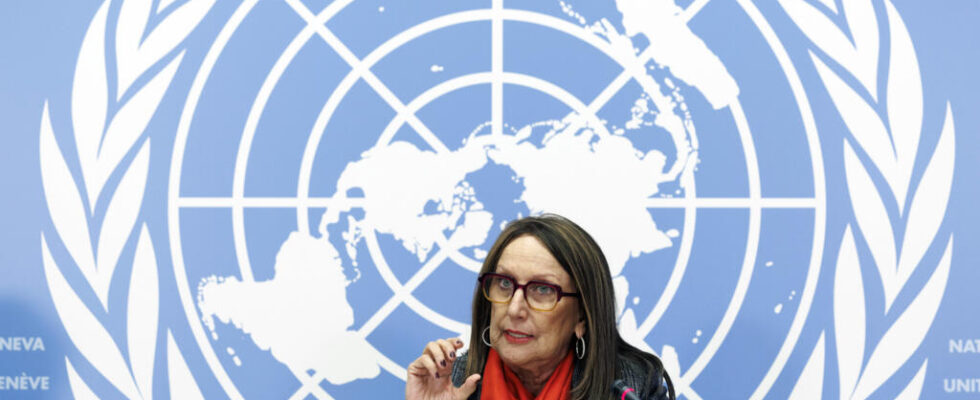Global debt hits new records, peaking at $97 trillion by 2023, according to a report from the United Nations Conference on Trade and Development (UNCTAD). In developing countries, public debt is increasing twice as fast, which prevents many investments, particularly in the ecological transition.
1 min
The situation is particularly alarming in Africa, the only continent where debt is increasing faster than GDP. Interest payments to creditors represent nearly 10% of state revenues in Africa. A situation which has the primary consequence of preventing the money spent to repay the debt from being invested.
Developing States made more vulnerable
The international financial architecture is such that the debt of these developing states is more vulnerable to external shocks such as Covid or, today, the war in Ukraine. This weighs on their investments in favor of the climate, which is nevertheless essential to achieve the objectives of the Paris agreements. According to the United Nations Conference on Trade and Development (UNCTAD), these countries must increase the current level of their climate investments from 2 to 7% of their GDP.
A real vicious circle
African states, in particular, are thus pushed to borrow more with interest rates which can explode during crises and, as a result, increase their debt. Developing countries borrow 61% of their financing needs from private creditors. A pattern that becomes a vicious circle. Negotiating with all these creditors with different interests is an additional burden when their debts must be restructured.
Also listenAfrica faces the debt wall
